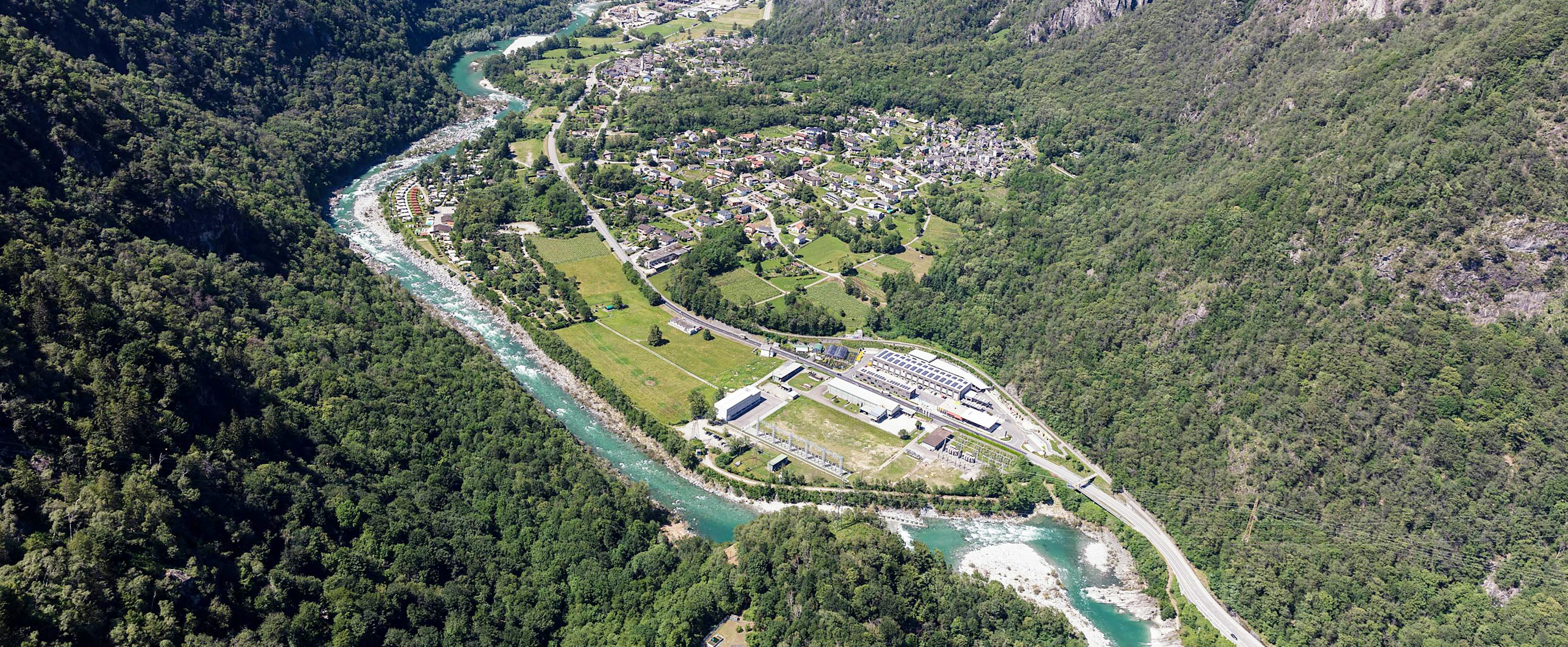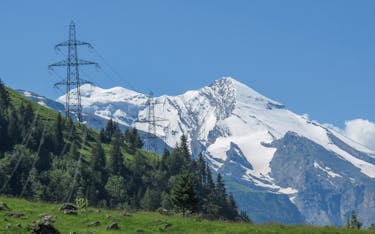Next steps
Projects for the construction of new 220/380-kV extra-high-voltage lines must usually be included in the Swiss Confederation’s Transmission Lines Sectoral Plan (PSE) procedure. The sectoral plan is a federal procedure that is designed to ensure that each project is integrated into the landscape in the best possible way and meets regional planning and environmental protection requirements.
The Swiss Federal Office of Energy (SFOE), the authority that oversees and coordinates the procedure, set up a monitoring group to advise and assist it in the search for a «planning corridor», i.e. to decide on a suitable geographical area for developing the line construction project and to choose which technology to use (cable or overhead line). However, the final decision on the planning corridor and technology lies with the Federal Council. The population, municipalities and any interested associations are given the opportunity to express their opinion on the proposals of the monitoring group during the consultation procedure.
The public information and consultation procedure will start in autumn 2023, at which time the canton, municipalities, associations and private individuals will be able to comment on the corridor proposal. Once this process is complete, all the position papers will be handed over to the SFOE so that they can be examined. The PSE documents will then be supplemented and amended as necessary. The final documents will then be submitted to the Federal Council, which will decide whether to confirm the corridor and technology proposal in line with the coordination sheet. Swissgrid will then be able to identify a route for the power line and draw up the final design to be submitted to ESTI, which will initiate the planning approval procedure. During this period, any interested private parties will have the chance to express their opposition to the project.












